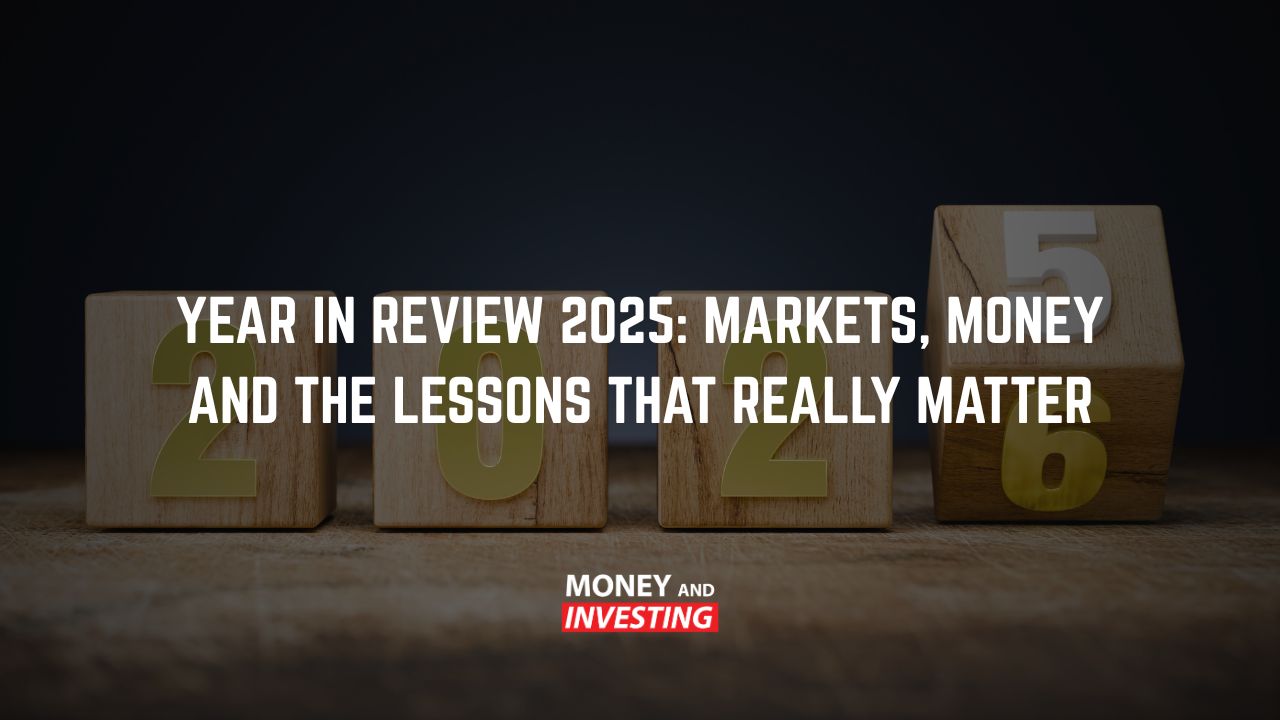Planning is vital in all parts of our lives and trading is no exception. We can often tell ourselves we will remember something or that we don’t need to plan ahead but the reality is we do. Join us this week as we dive into the value of a written and adhered to trading plan:
Trading Capital
Trading exists to make money, so naturally the amount of money we have to work with is at the heart of any good trading plan. Host Andrew Baxter knows that when it comes to working capital, there are two amounts. The first amount is what you’re looking to get started with in the market, and the second amount is what you’d like to be working with in the future if your trading is going well. Scaling up your trading can be daunting and often proves a major hurdle for everyday people. Having a written plan gives you the ability to hold yourself accountable and helps to ensure that you are scaling up your trading when you should be.
The next stage around your working capital is trade sizes. You typically want to have a few trades running at a time and dividing up your trading capital is a critical step in your planning. Consider implications of fees and risk when dividing up your capital into allocated trades to both manage your risk and give yourself a reasonable opportunity to make some solid gains.
Screening for Stocks
Once you have your allocations set and know how big you want to go, your next step is lining up what stocks or instruments you want to be trading on. In many cases, it’s not possible to trade on shares that are worth hundreds of dollars a share so you may set up a screen for shares at a lower price. Host Andrew Baxter also suggests taking a keen interest in volatility of the stocks you are looking at. If you are quite risk-averse and looking for steady stocks to trade in, you may want to avoid highly volatile stocks as they can be a little more risky.
If however, you are keen on a bit of spiciness, then you may be looking for stocks that are a little more volatile to see results on your trades more quickly. Andrew’s advice – start with less volatile stocks to avoid any major shocks as a beginner. Keep in mind too, stocks in similar businesses around similar prices can lead to concentration risk as investing in one is effectively like investing in all of them and thus you’ll have all of your eggs in one basket.
ESG Investing
Environmental social governance is fast becoming an important factor for many investors. If you feel a sense of duty to invest ethically then screening for these stocks might be necessary. If you feel strongly about environmental issues and carbon emissions, you probably don’t want to invest in any coal mining companies. This can get tricky sometimes because large companies often have their fingers in a lot of pies but Andrew notes ESG mindfulness is becoming more important for investors.
Making Trades
Once we know which stocks we may want to or be willing to trade on, we then need to have criteria set for specific strategies in our trading plan. There are 3 key factors to consider for our market timing – fundamentals, technicals and quantitative factors. For timing entries, Host Andrew Baxter suggests a focus on charting and learning about some key patterns on your trading screen. An important idea is that you do not necessarily need 100 different indicators to give you the green light to enter a trade and if you do, you’re a chance of going into analysis paralysis. Fundamentals can also lead us a little too deep if we are taking too much into consideration.
Following the newsflow can provide us with an overall picture of the market and allow us to make inferences on what we think might happen. Like you would on a chart, you can keep an eye on newsflow to gauge the trend and the impacts of certain headlines on various sectors. What we have discussed in this segment so far is great for getting in, but we also need to think about how we get out of our trades. Setting profit targets and stop losses can eliminate our human nature to try to get greedy or recover from a trade that’s in a loss.



